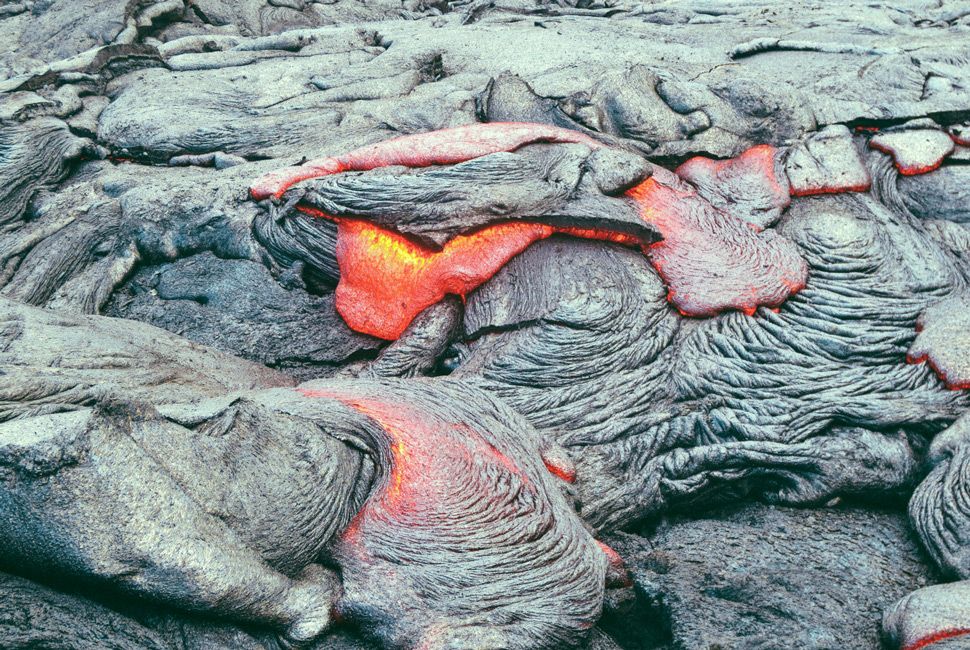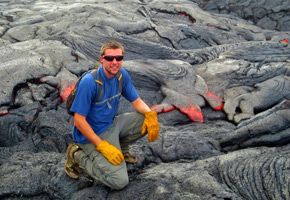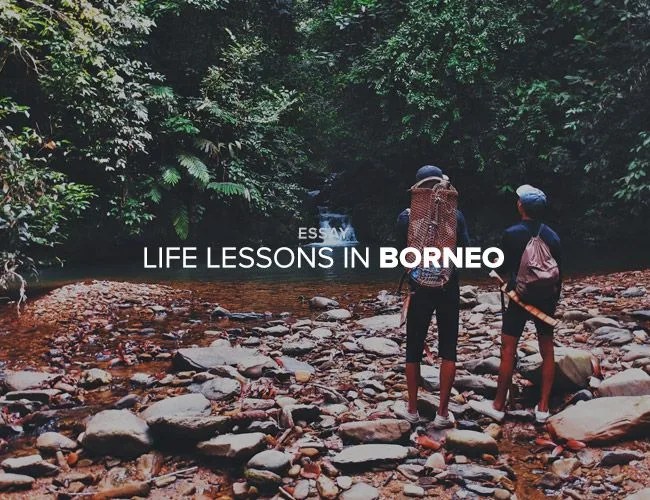ROAD N✍TES
Editor’s Note: One of the most diverse islands on the planet, Hawaii Island plays host to all but two of the world’s ecosystems, including active volcanoes. GP contributor Will McGough summits Kilauea for a firsthand look inside the Devil’s Kitchen.
As soon as I reached the end of the five-mile hike and approached the moon-like terrain of the volcano, the smell hit me in the face: a burning, smoky scent reminiscent of a smoldering charcoal grill. I looked out over the dark surface, the rising heat creating a blurry visual effect when I looked close enough, but there was no sign of any lava.
MORE DISPATCHES FROM THE ROAD Dispatches from Cuba | A Key West Travel Guide | Running the Zion Traverse
As we left the tree line and officially stepped onto the surface of Kilauea Crater, our guide explained that we were standing on day-old rock, formed my small eruptions of lava that harden when they hit the air. Under us, he explained, the Pahoehoe lava flowed at nearly 2,000 degrees. With what I thought to be an obvious question in mind, I tapped him on the shoulder. If there’s lava flowing through these fields right underneath us, should I be worried about, you know, falling through and losing half my leg?
He laughed. “Lava will never sneak up on you”, he said. “If it’s openly flowing, you will burn the hair off your legs and eyebrows before you ever get close enough to step in it.”
That didn’t make me feel better. He put his arm on the back of my neck and pulled me onward. Under us, I could hear the crunching of the hardened lava, or “volcanic glass”, named for its brittle texture that chips away as you walk on it, breaking off in shards sharp enough to cut up your hands, which is why I suited up with gloves, long pants and closed-toed shoes. Volcanic glass is the geological equivalent of meringue — it has a crispy exterior, but an airy constitution overall.
IF YOU GO


